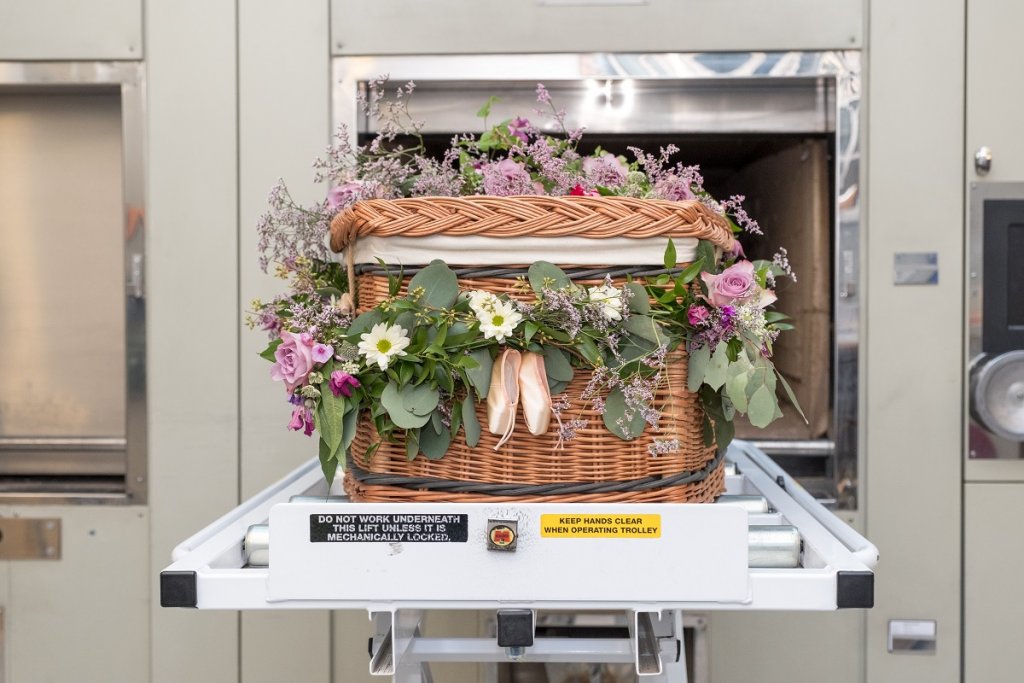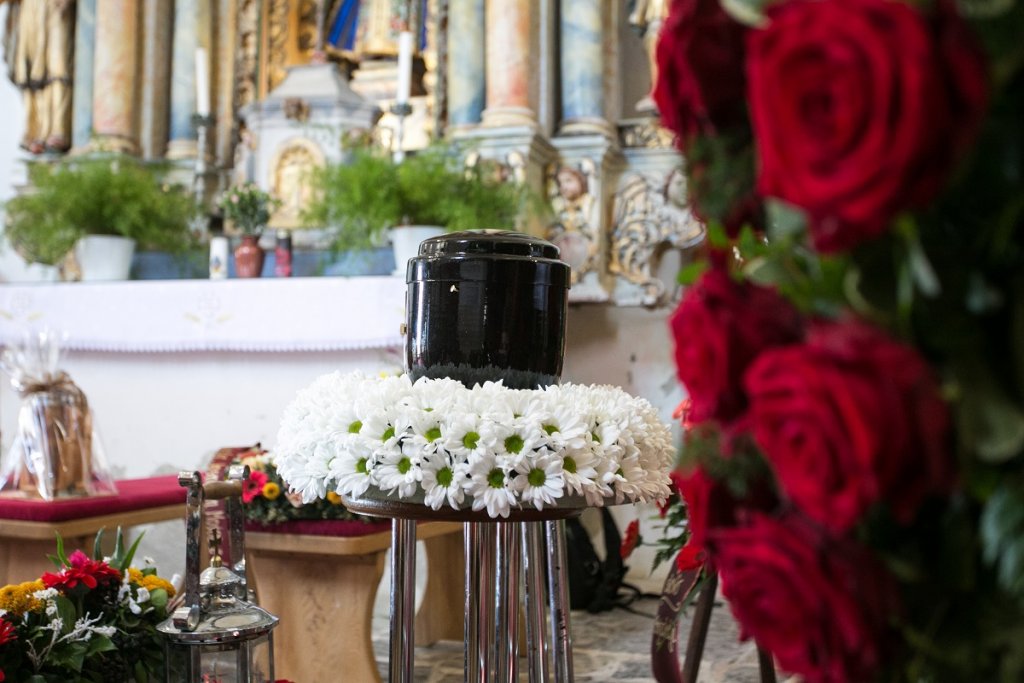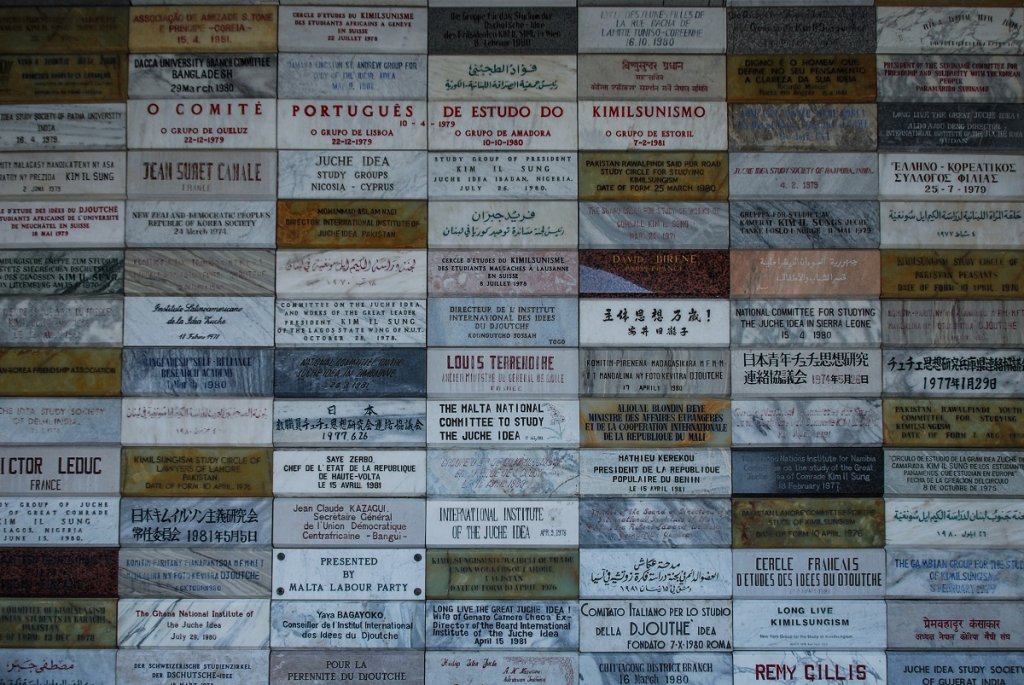Cremation can be a less expensive option after death than burial. Having a public viewing before cremation can raise the cost. Many of the components of the funeral are included in a memorial service that includes readings, songs, viewings, and an urn burial service.
Cremation is an alternative way of managing the disposition of the body after death. Rather than burying the entire body in the ground or in an above-ground tomb, the remains are respectfully burned. The “cremains,” the ashes that remain, are then buried, stored in an urn, or scattered.
The process has become an increasingly popular and easy alternative to a traditional burial service, partly due to the cost savings. When people die, especially unexpectedly, the cost of a proper funeral burial service may be beyond what a family can afford.
Thankfully, cremation vs. burial are options to consider in funeral planning that ensure that the loved one can still receive a tasteful funeral service the way they want.
Table of Contents
What Is Cremation?
With cremation, the body is put in a combustible container and burned in a cremation chamber at high heat until it is reduced to bone fragments. The remains are pulverized to a sand-like consistency that weighs 7-8 pounds.
The cremated remains are returned to the family members who entrust them to their final resting place in the ground or a cremation urn that might be placed in a niche in a columbarium or at another destination the deceased might have loved. Some people release the ashes into the wind, the mountains, or the ocean, but some even have them spun into diamonds or placed in a tree pod.
What Are The Pros Of Cremation vs. Burial?
When it comes to the pros of cremation, the major benefit is the cost of cremation.
While some methods of displaying or disposing of the remains can be expensive, the costs of disposing of a few pounds of ashes are less than burying a corpse that might weigh well over 100 or 200 pounds plus the weight of the coffin.
The family of the loved one need not purchase a fancy coffin, but can select a simple cardboard coffin or unembellished wooden container. They may not need to purchase a cemetery lot and save on transportation costs of the body if they spread the ashes in their garden or put the urn on the mantle.
A direct cremation can be much more cost-effective without purchasing a plot of land, a fancy casket, or transportation to have a body moved to the cemetery. Almost always, a traditional burial service will end up being more expensive than cremating the deceased.
Make sure also to check the video below, in which our expert Jeff Lemley talks about the cemetery options you can choose from, whether you’re pre-planning your funeral or arranging the funeral of a loved one.
Many of the costs connected with traditional funerals and burial are related to embalming to preparing the body for viewing before burial. While a family might still choose to have a wake at a funeral home, they can select a minimalist procedure known as direct cremation. The body is cremated without embalming, a public viewing, or many of the other services needed for traditional burial. This option can cost as little as $600 in some places.
Cremation has other benefits to society and the environment. Cemeteries use lots of land that might be better used to serve the living. Embalming a body uses toxic chemicals that ultimately leech into the ground and infiltrate the water supply. The cremation requires minimal space for the remains and reduces the carbon footprint of the deceased.

The Negative Side Of Cremation
There are cons as well that come with the cremation process. First, cremations are not accepted everywhere. While many Eastern religions, such as Hinduism, embrace cremation as the standard way to handle death, many faiths have forbidden the practice until recently.
Judaism still opposes it, although some Reformed Jews choose to be cremated. Muslims and some other faiths still forbid it. Catholic and most other Christian churches accept it now but may require that the cremains be present at the service and be committed for burial. So cultures, such as blacks in American prefer the traditions connected to black funerals where the body is present.
Some people regard it as a low-class measure. While attitudes are changing, not all family members are on board with agreeing to a cremation service.
When the deceased or their family want more funeral home services, such as embalming and viewing, the costs rise considerably. Some funeral homes do not have proper crematory equipment, so they must send the body to a third-party vendor, which also increases costs. The total can still be a couple thousand less than the usual wake and burial.
Are There Wake And Funeral Services For Those Who Choose Cremation?
Cremation does not mean that there are no ceremonies surrounding their passing. When debating cremation vs. burial, the difference is in the preparation of the body, not whether there is a service or not.

How Do Funeral Services Differ For those Cremated Vs. Burying The Body?
Even if there is embalming and a wake before being cremated, cremation takes place before the funeral service in a church or other location, even the crematory.
There is no casket containing a body at the service, but the cremation urn may be on display. A direct cremation service can look very similar to a traditional funeral where the body is present.
Can Cremated Remains Be Buried?
Cremated remains can be buried like a normal body could be. If family members wanted, they could purchase a gravesite and lay the urn or ashes to rest like in any burial service. Even without a coffin, most cemeteries require a vault or grave liner.
Just as a family can choose direct burial, a natural burial process where the body is committed to the ground without embalming, the cremation urn can be buried in a cemetery plot or on private property. There can even be a graveside service.
There may be some regulations from state to state on the specifics of what can and can’t be buried, so it is always recommended to check on that prior.

Is Cremation Vs. Burial Cheaper?
As noted, cremation vs. burial will almost always be cheaper. This can vary, though, as a family can purchase a cemetery plot and a coffin and end up paying the same amount as a traditional burial would have cost.
With embalming, casket rental, and viewing, cremation costs can top $7,000. According to the National Funeral Directors Association, the average funeral costs nearly $8,000 plus the cost of the coffin, cemetery lot, and cemetery fees which can make the actual costs much higher.
If a family were to simply put their loved one through a cremation service and then take the ashes and spread them somewhere, the average cost would end up being less. If a family would prefer to pay more for additional funeral home services and cemetery plots, the average cost is still cheaper.

